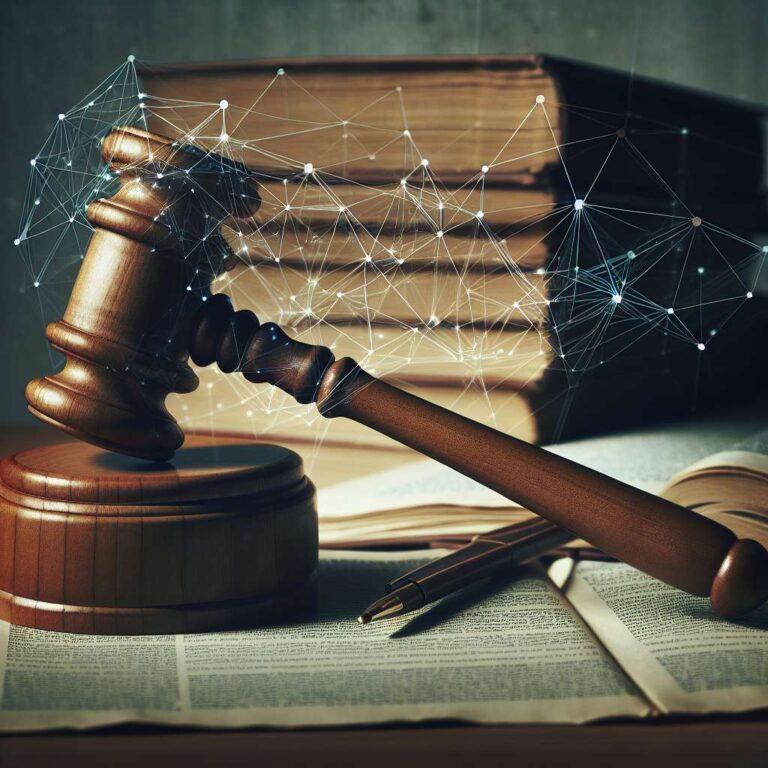The California Judicial Council has approved the state´s first formal guidelines for the use of artificial intelligence within the court system, addressing growing interest and concern among judges and staff about generative technologies. The new rules, passed at the council’s regular meeting on Friday, provide structure for integrating generative artificial intelligence, also known as GenAI, into judicial operations—while steering clear of any mandate or outright prohibition. The council emphasizes transparency, accountability, and safety as the core principles behind these standards, which are set to take effect in September. Each court allowing the use of artificial intelligence must enact its own use policy by December 15.
The rules and standards distinguish between staff or judges using artificial intelligence outside of an adjudicative role and judges using the technology in decision-making contexts. A key component is the prohibition on inputting personal information, such as driver’s license numbers, into generative artificial intelligence systems, as such data could be used in further model training. The new framework also requires users to review and correct hallucinations—errors or fabricated information generated by artificial intelligence, including non-existent case citations—and to guard against bias or discrimination resulting from these tools. Public-facing documents generated partly by artificial intelligence now demand a disclosure, and judges are advised to consider transparency when artificial intelligence is used in their adjudicative work.
Justice Brad Hill, chair of the council’s Artificial Intelligence Task Force, noted the technology’s rapid evolution as a reason for not recommending an outright ban. Instead, the focus is on safe, transparent adaptation. The council meeting also featured updates on the modernization of California’s courts, with multiple officials sharing success stories about technological upgrades such as digitizing decades-old paper records, creating cloud-based disaster recovery systems, and enabling online evidence submission in small claims cases. These advances, fueled by targeted grants, have produced substantial cost savings, freed up courthouse space, and made public records more accessible.
Overall, California’s courts are positioning themselves to both leverage the power of artificial intelligence and guard against its pitfalls, seeking to balance innovation with public trust and ethical responsibility. Officials described the journey as ongoing, with more work to be done as both technology and the standards that govern it evolve.

